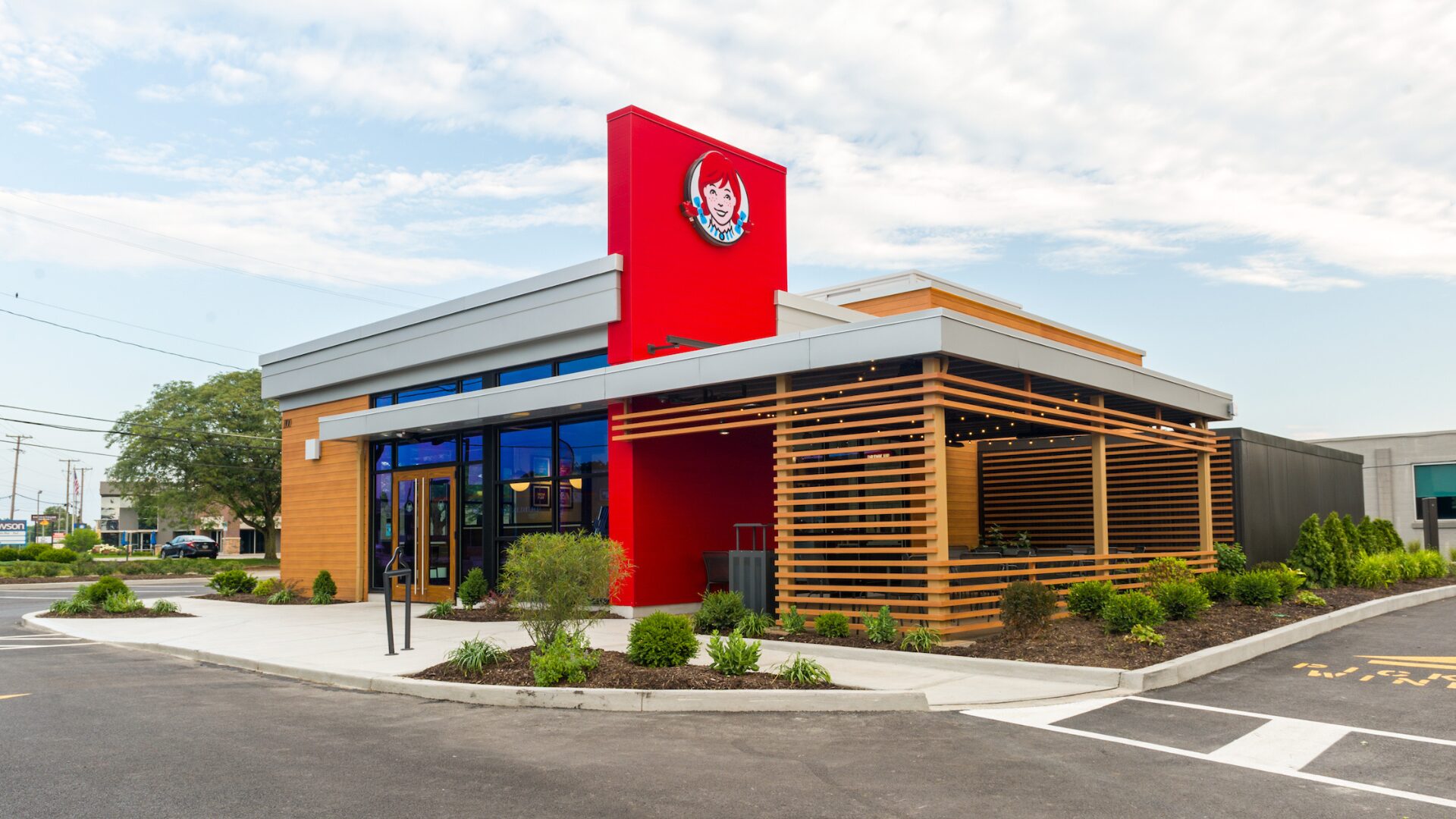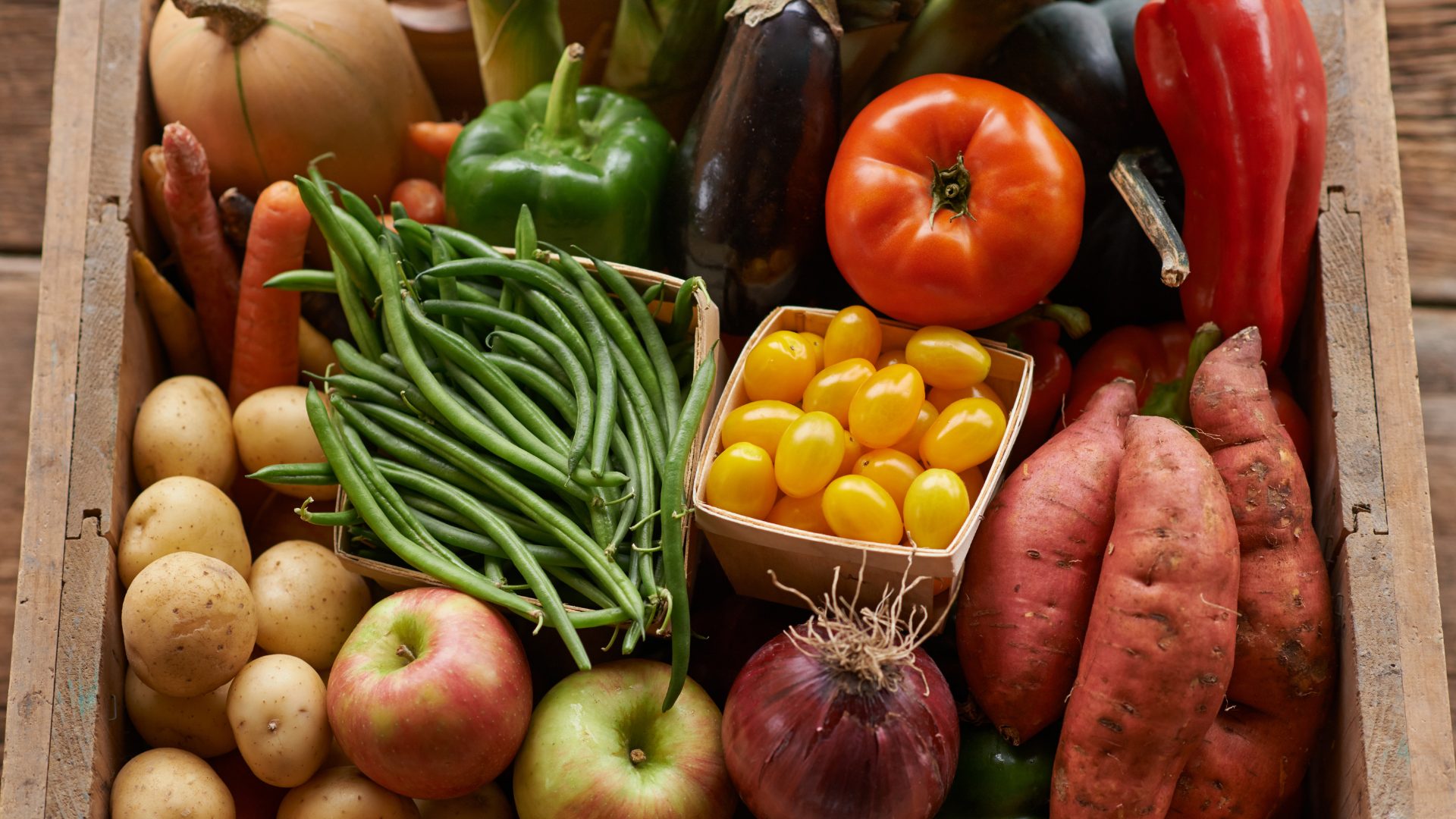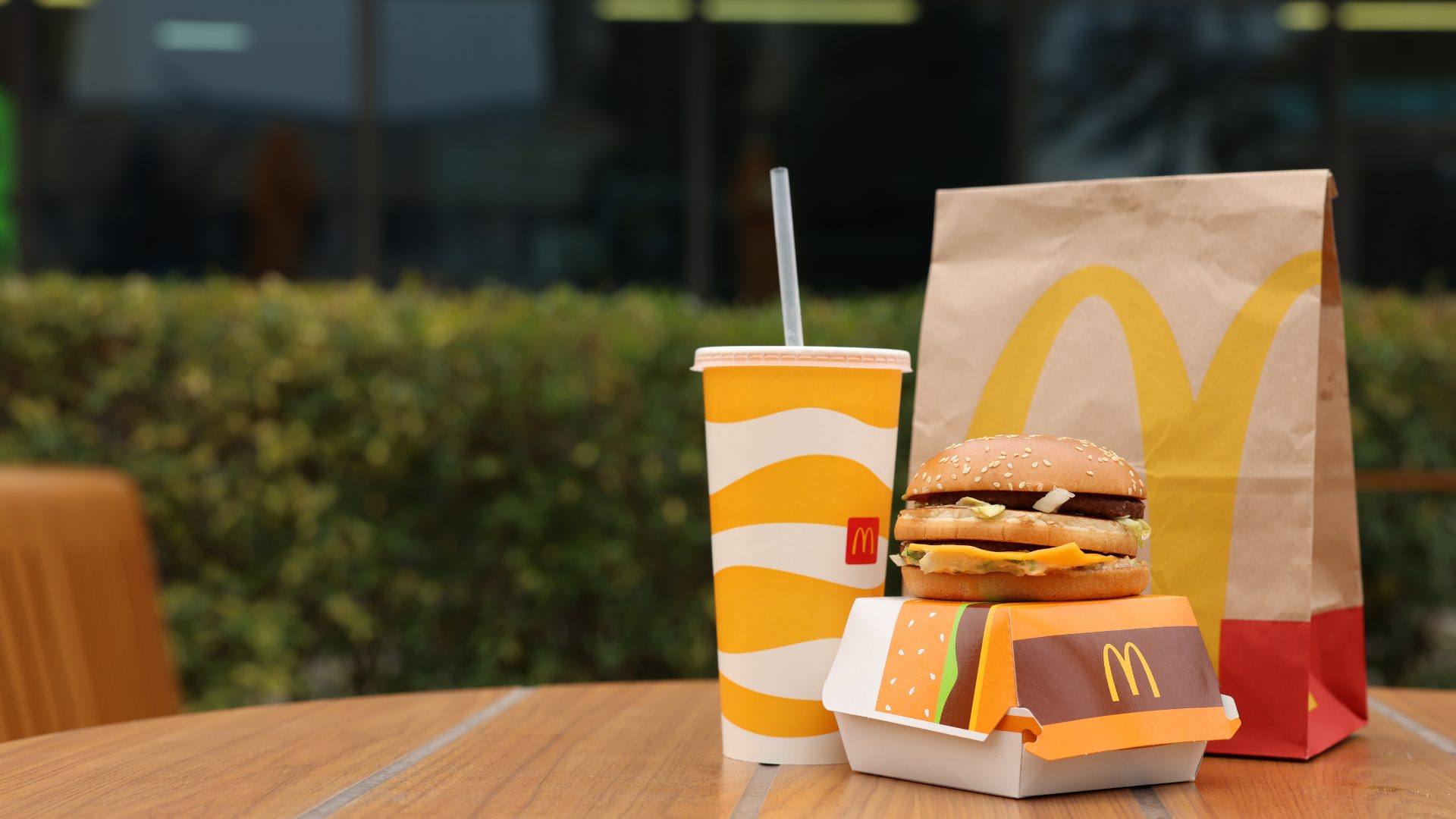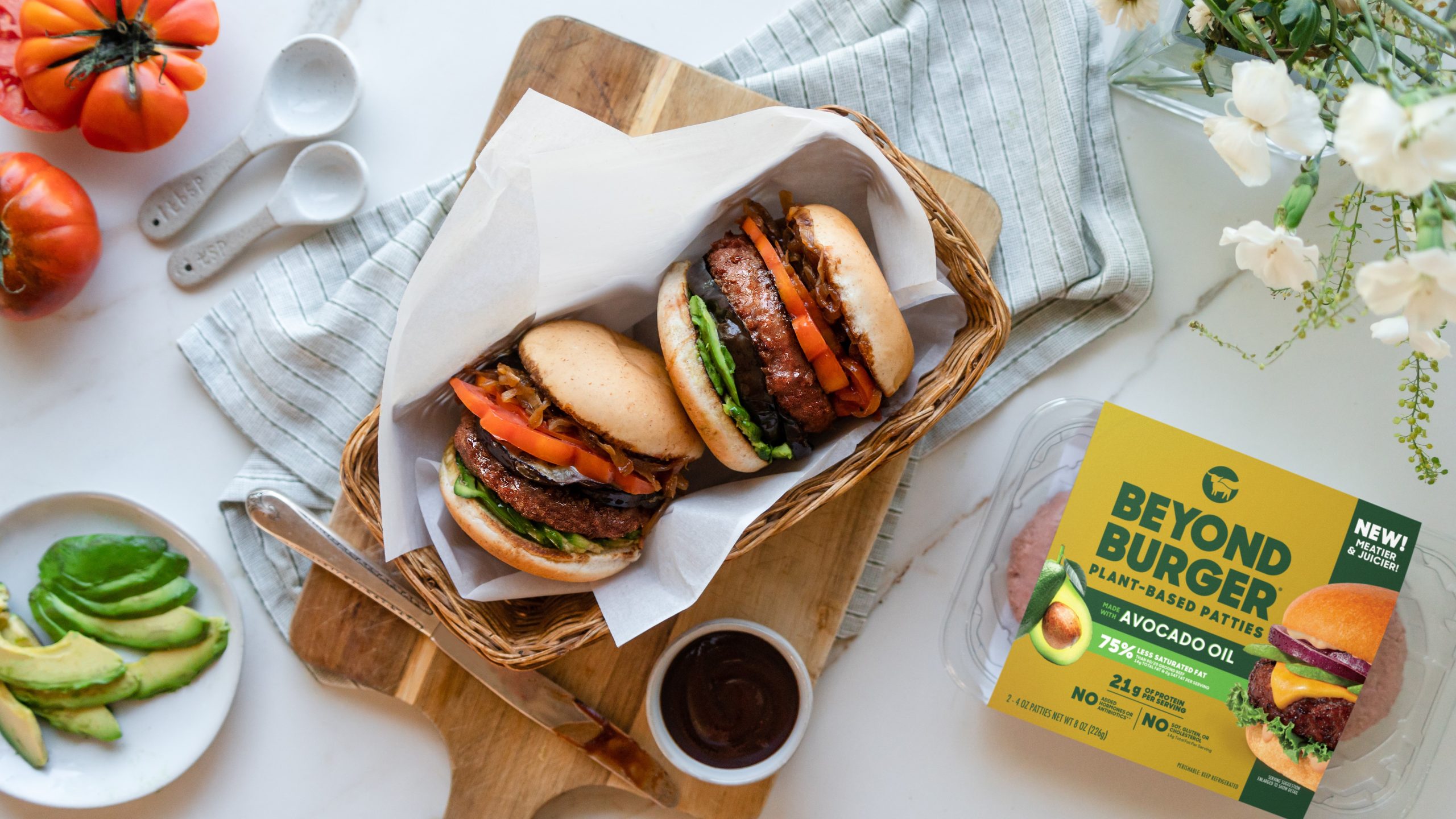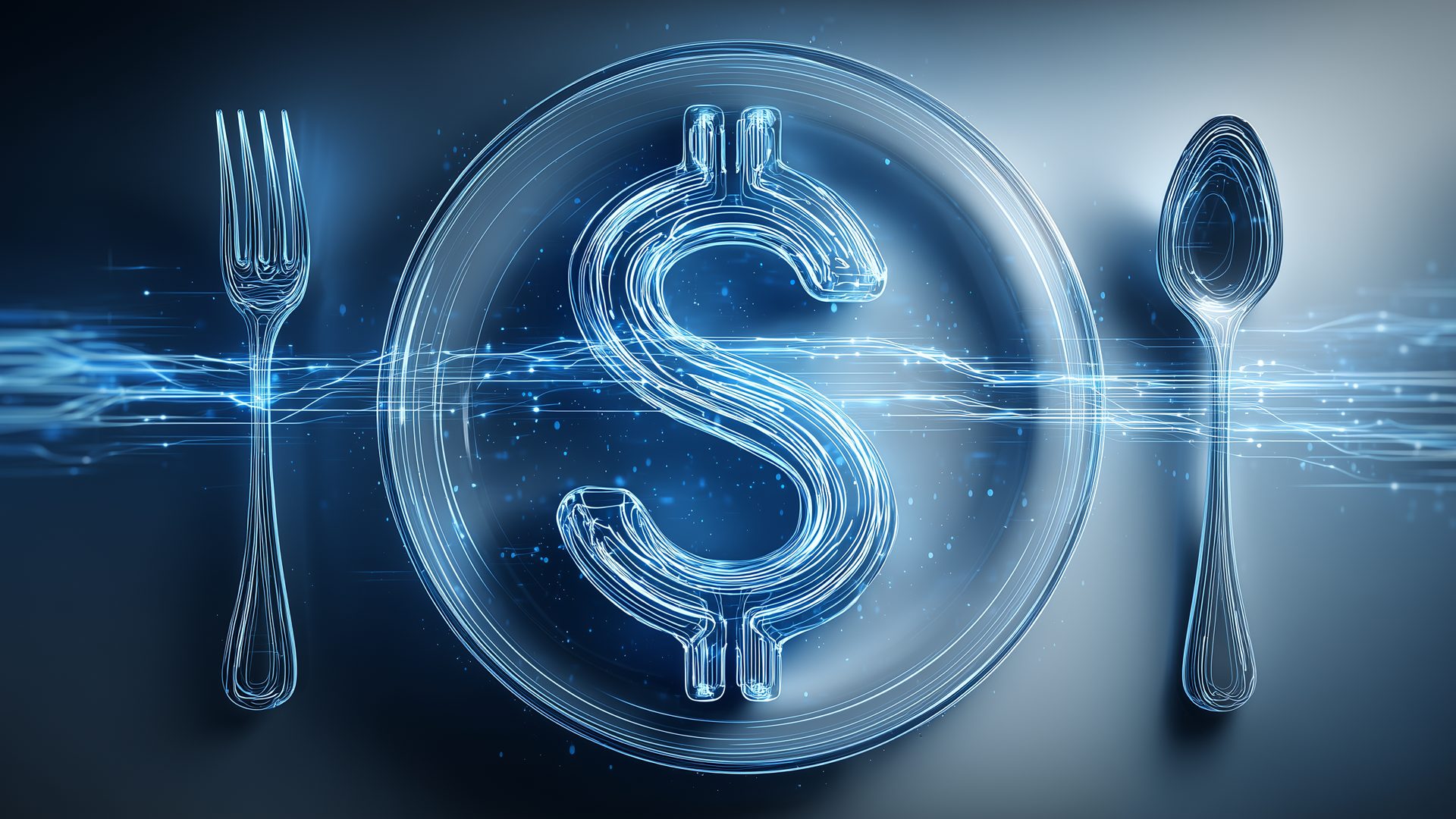
From the end of October 2013 to the end of October 2023, shares of Brinker International, the owner of Chili’s, dropped 7%. In the 18 months since then, the stock has nearly quadrupled.
The catalyst has been a turnaround that the stock market quite clearly didn’t see coming. In fact, a good chunk of the market was happy to bet against Brinker: the percentage of outstanding shares sold short by traders betting on a decline in the stock (in disclosure, I was one of those unfortunate traders) historically has been elevated, and often among the highest levels in the entire restaurant sector. (Even after the huge rally of late, the stock is still in the top ten in short interest among over 50 stocks in the sector.)
The skepticism toward a turnaround at Chili’s, which drives 90% of Brinker revenue (Italian concept Maggiano’s accounts for the remainder), seemed well-founded. The company’s results had been unimpressive. Across the entire decade of the 2010s, Chili’s same-restaurant sales grew about 1% — total. At the end of the decade, earnings remained well below the peak seen before the 2008-09 financial crisis.
The industry didn’t look much better. As we wrote three years ago, the casual dining space as a whole was under pressure. Fast casual alternatives were undercutting casual dining chains on both price and convenience. Meanwhile, an apparent secular shift toward independent, unique cuisine represented a threat to a seemingly dated model based on nationwide homogeneity. Brinker’s long-term performance suggested it was just as exposed to those trends as anyone else in the space.
Nor did Brinker and Chili’s seem to have an effective strategy for fighting these external headwinds. New chief executive officer Kevin Hochman, hired in 2022, laid out plans to simplify the company’s menu, focus on core products, and focus on value with promotional offerings like a “3 for $10.99” platform. But those plans were essentially a rehash of efforts made before the pandemic, which had limited and temporary success in improving the long-term sales trend.
Yet the strategy, this time, has worked — and it has worked spectacularly. Brinker posted company-wide same-restaurant sales growth over 7% in both fiscal 2023 and fiscal 2024 (fiscal years end in June). Those numbers weren’t quite as good as they seemed — traffic was still negative, including at Chili’s — but they were a step forward. And then, in fiscal 2025, the business absolutely exploded.
Through the first three quarters of FY25, Chili’s same-restaurant sales have risen an astonishing 25.9%, including 31.6% growth in the most recent quarter. To put that into context, Cava, one of the fastest-growing (and most dearly-valued) chains in the entire industry, grew its same-restaurant sales 14% in calendar 2024, with Q4 growth above 21%. Chili’s traffic is up double-digits. It’s been able to take more than five points of pricing even as inflation has moderated.
It’s hard to think of a more surprising turnaround not just in the restaurant space, but without exaggeration in all of U.S. business.
A brand that seemed dead in the water for literally two decades suddenly is roaring. And this isn’t a matter of the company getting external help or comparing against pandemic-affected results: Applebee’s owner Dine Brands Global expects same-restaurant sales for that chain to likely decline year-over-year in 2025, following a 5.5% plunge the year before. Save for two trading days in March 2020, Dine stock is at its lowest level since the financial crisis.
What’s all the more incredible is that the huge jump in sales truly has come simply from smarter and better execution. Hochman has repeatedly talked up changes in the kitchen that have improved efficiency and quality. Chili’s social media efforts have been completely on point; its Triple Dipper appetizer has gone viral, and now drives about 15% of sales.
But the big driver has been the “3 for Me” offering at $10.99. The offering was initially planned as a limited-time promotion, to take advantage of complaints about huge inflation in quick-service hamburgers. Chili’s pivoted into that frustration, specifically marketing its offering in juxtaposition to those of quick-service rivals which often had a similar price. Indeed, the star of the promotion, the Big Smasher, is essentially the same as a McDonald’s Big Mac; to further drive the point home, this quarter Chili’s is launching the Big QP, a larger version of the Quarter Pounder.
Investors clearly worry whether this strength can continue. Even after a strong fiscal third quarter release this week, with its full-year outlook raised, Brinker stock fell 15%; it’s now off 30% from February highs. The stock’s current valuation suggests the market is pricing in much more moderate growth going forward — with some logic.
The math will start to work against the company in the second half of this calendar year: it’s much harder to show huge growth rates when comparing against exceptional performance in the year-prior quarter. Quick-service rivals already have responded with a flurry of cheaper meal deals, after McDonald’s own CEO last year admitted his company had let pricing increases go too far and lost its “value leadership gap” in the process. And of course the same broader economic uncertainty plaguing the restaurant business seems like it could impact results at Chili’s going forward as well.
Yet for now Chili’s clearly is still winning. McDonald’s calendar first quarter results this week showed a surprising year-over-year decline in traffic in the U.S. Chipotle too saw domestic visits decline. It’s not as if the external environment is hugely beneficial — but the Chili’s business is still roaring higher. It would be surprising if that didn’t change at some point soon, but nearly as surprising as what has already happened.
Vince Martin is an analyst and author whose work has appeared on multiple financial industry websites for more than a decade; he’s currently the lead writer for Wall Street & Main. He has no positions in any securities mentioned.
The Food Institute Podcast
This Episode is Sponsored by: RSM
It’s tariff time, and companies the world over are working to better understand how their operations will be impacted. Jodi Ader from RSM US LLP joined The Food Institute Podcast to discuss which products and inputs are currently subject to tariffs, and how to best mitigate supply chain risks.




